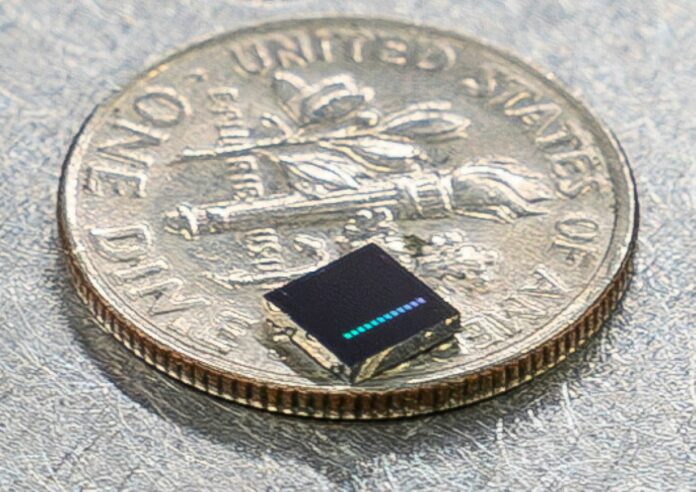Because of their long-lived ground state electronic spins and telecom band optical transitions, novel T centers in silicon show considerable potential for use in quantum networking applications. Improving the T center platform’s slow and weak zero phonon line (ZPL) emission is an open challenge.
Rice University engineers have demonstrated a way to control the optical properties of atomic imperfections in T centers. Their study could lead to leveraging these point defects for building quantum nodes for large-scale quantum networks.
T centers are a type of atomic defect in the regular lattice of silicon. They emit single photons at beneficial wavelengths for telecommunication applications; however, they suffer from a low photon emission rate.
The process by which a quantum system, such as a molecule or an atom, releases energy as a photon is known as spontaneous emission. It produces effects like glow-in-the-dark effects or firefly light. Improving spontaneous emission in T centers is essential to enabling the realization of T center-based qubits.
To overcome this difficulty, Songtao and his colleagues integrated a T center onto a photonic integrated circuit. Compared to conventional methods, their strategy significantly boosted the efficiency of collecting single photon emissions from T centers. Their research demonstrated how the Purcell effect may be used to increase the photon emission rate of a T center when it is coupled to a photonic crystal cavity.
Through this experiment, scientists aimed to demonstrate the ability to modify the optical properties of single T centers in silicon.
Rice graduate student and study co-author Yu-En Wong said, “It turns out that the photonic cavity structure does impact the T center photon emission rate. By measuring the rate with and without the cavity interaction, we could gauge the coupling strength between the cavity and the T center.”
Their interaction becomes more vital as the photonic cavity structure and T center exchange photon energy faster. This quick exchange shortens the amount of time energy is kept in the T center.
Rice graduate student and study co-author Adam Johnston said, “This is what’s commonly known as the Purcell effect. What we’ve shown here is that we can deploy the Purcell effect to achieve the purest single photon emission among all color centers in silicon to date and the largest photon emission enhancement for a single T center.”
The study could lead to advanced quantum networks, which mainly rely on the quantum properties of photons to encode information. This would prompt more powerful computing with high security.
Journal Reference:
- Johnston, A., Felix-Rendon, U., Wong, YE. et al. Cavity-coupled telecom atomic source in silicon. Nat Commun 15, 2350 (2024). DOI: 10.1038/s41467-024-46643-8
